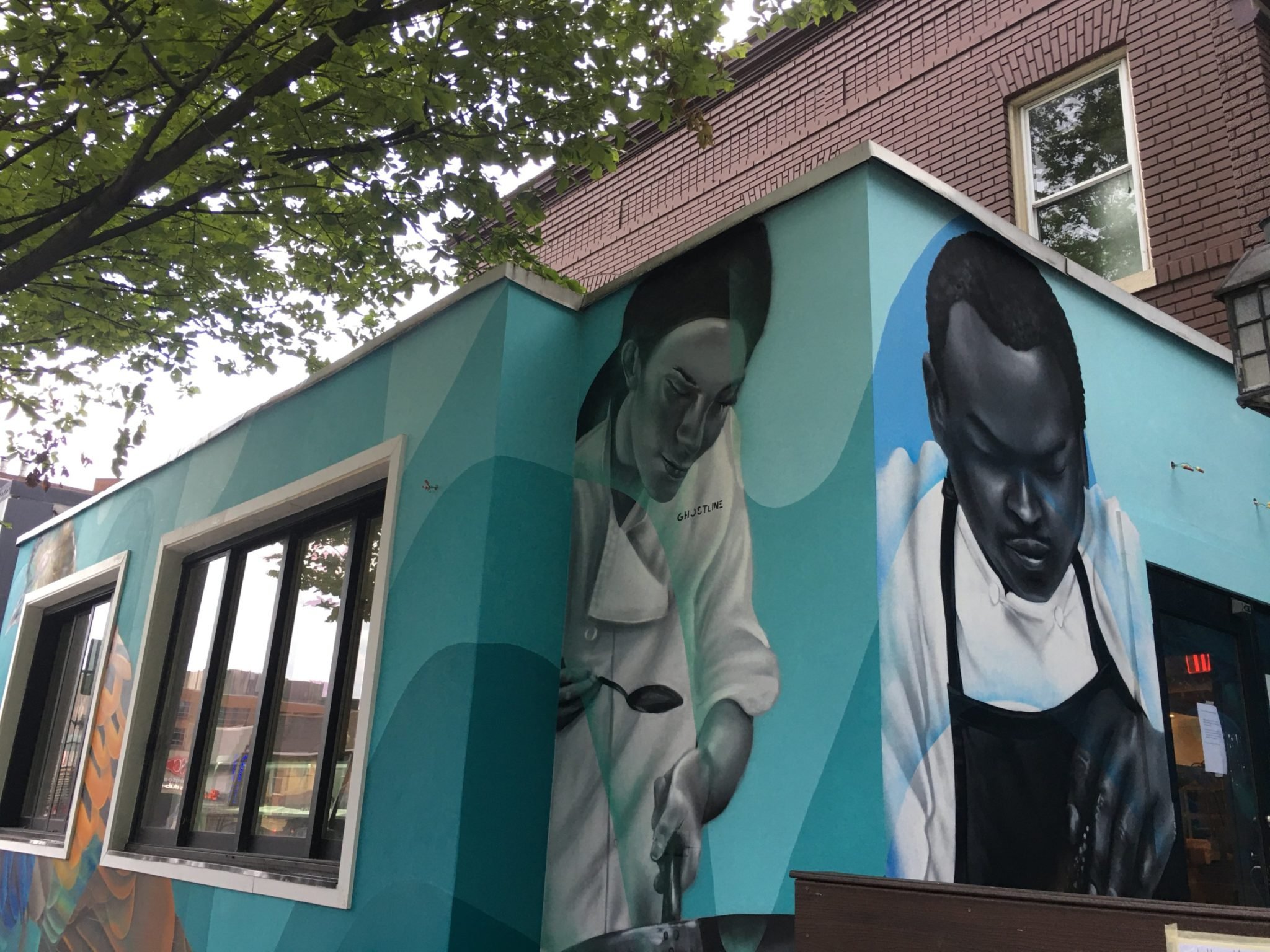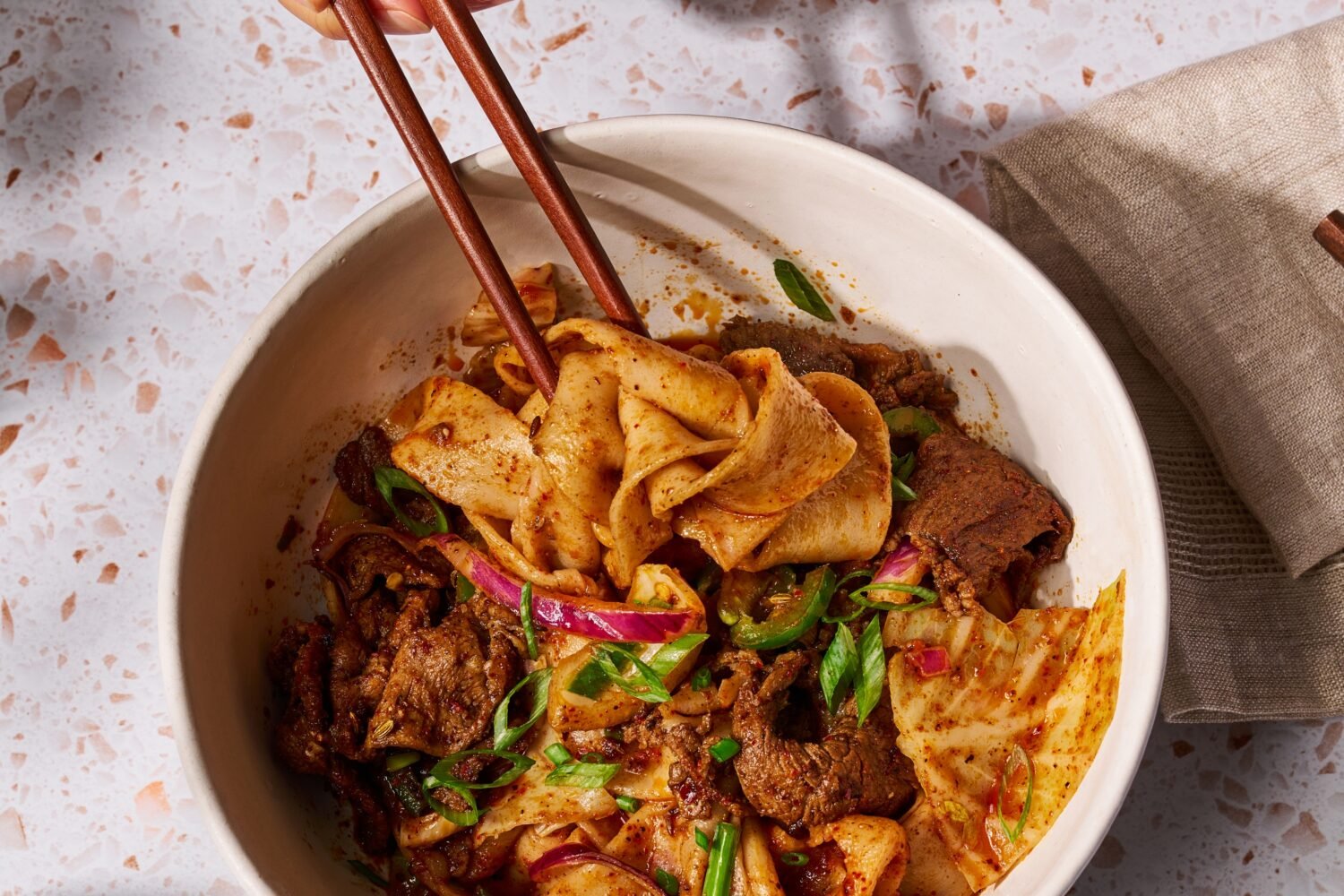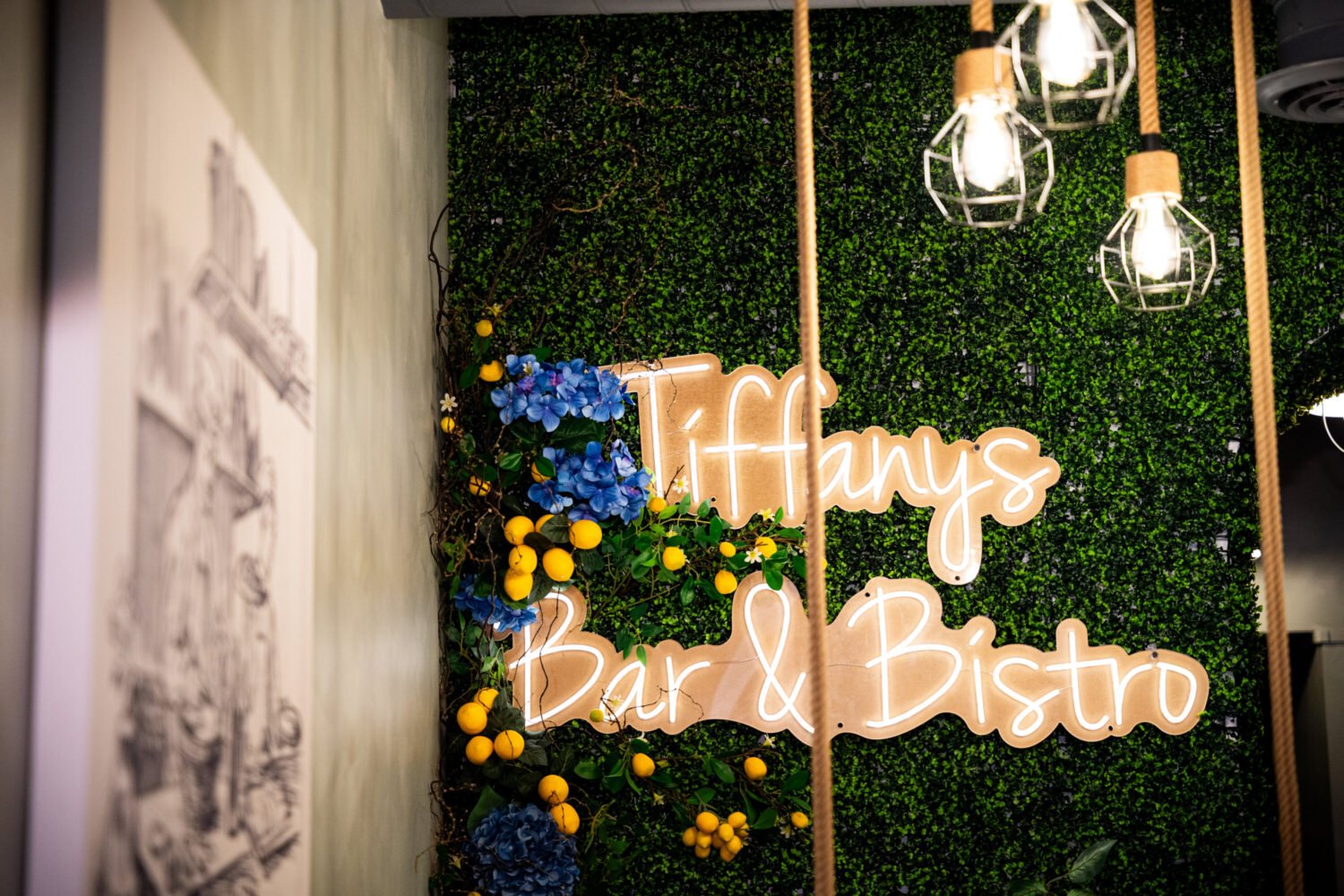About Coronavirus 2020
Washingtonian is keeping you up to date on the coronavirus around DC.
About Restaurant Openings Around DC
A guide to the newest places to eat and drink.
It’s been a surprisingly full summer of restaurant openings around DC: an upscale Persian restaurant, a Neapolitan pizzeria, a Cuban cafe, multiple bagel spots, and even a tasting room, to name a few. In some ways, the steady flow of new eating and drinking options over the past couple months isn’t so different from years past. You could be forgiven for forgetting, momentarily, that we’re in the middle of an industry-threatening health and economic crisis.
But the reality is we haven’t seen the true crushing impact of Covid-19 on new restaurant development yet. The vast majority of places popping up now were in the works long before this pandemic began. It could take a year or more before we see what the damage really looks like.
“We’re starting to smell the smoke from the fire. Either that fire is going to get put out, or it’s a going to be a blaze by the end of the year,” says veteran real estate broker John Asadoorian, who’s done deals for everyone from Fabio Trabocchi to Sweetgreen. A lot of the places opening now signed leases in 2018 and probably started construction in the fall of 2019, he explains. Many of those who inked contracts pre-pandemic but hadn’t started build-outs are negotiating with landlords to delay the work until next spring. But brand-new projects have dropped off, and the full effects of that likely won’t be visible until the fall of 2021 or spring of 2022.
Rents in red-hot neighborhoods like 14th Street and Georgetown are coming down, and some landlords across the city are willing to offer more aggressive deals, but that’s not the norm, Asadoorian says. “From the landlord side, the world hasn’t ended yet, so they’re not throwing in the towel,” he says. “Some people are still in a little bit of denial.” Restaurateurs who might be in a position to expand don’t want to commit to pre-pandemic rents given the enormous uncertainty.
Somewhere in between, Asadoorian is still seeing some deals in the works. Most of them are involve younger business owners and simpler concepts. “Fine luxury dining is harder. You need more staff. You need a bigger space. You need more customers. Those guys aren’t active right now, they just can’t,” he says. Instead, think fast-casual or small neighborhood-oriented spots.
HalfSmoke in Shaw is one of those rare restaurants that actually seems to be thriving. Online orders, now half of the business, are up more than 1,000-percent over last year. Dine-in, while at half-capacity, has come back “fairly consistently,” says owner Andre McCain. He’d already been looking to expand, but in the past few weeks, he pulled the trigger and signed two new 10-year leases—one in Rockville and the other in the Canton neighborhood of Baltimore. Both, in second-generation restaurant spaces that didn’t require major construction, will open this fall.
“We were able to work with the landlords to create a more favorable, shared partnership-type lease structure in the short term,” McCain says. “And we were able to also kind of redesign and reengineer the spaces to accommodate a lot more delivery and pickup.”
Other independent businesses that are signing new leases are going further to reinvent themselves for the times. Over the last few months, Aaron Gordon, who owns Chevy Chase bistro Little Beast and 14th Street pizza place Red Light, quickly converted a Glover Park tavern into a “ghost food hall” called Ghostline where five different chefs will operate 10 different concepts for takeout and delivery. (There’s also a patio, but no indoor seating.)
The buildout cost $300,000, a fraction of most restaurants, and a “Covid discount” from the landlord helped. But Gordon says most landlords are “stuck pre-pandemic, almost like dummies.” At another space he’d looked at, “they just couldn’t grasp that their $75 to $100 square foot space, that’s all out the window, most likely forever. There was no consideration for indoor vs. outdoor. There was no consideration for anything really beyond a little bit of free rent.”
Perhaps that’s why, for the most part, it’s well-financed chains that are expanding right now. Groups that are backed by private equity or publicly traded are more likely to be making moves than the one-offs with a patchwork of individual investors, says Adam Williamowsky, the Director of Restaurants for the retail and real-estate firm Streetsense.
Top executives from brands like Ruby Tuesday and &pizza recently joined forces to launch FAST Acquisition Corp., a so-called “blank-check acquisition company,” which raised $200 million on the New York Stock Exchange this month to buy up restaurant businesses. On the flip side, Williamowsky isn’t seeing the kind of capital raises where independent restaurateurs go out to a bunch of people and cobble together a $1 million or two.
“I know it will happen successfully, but I think it’s going to be a harder,” he says.
The pandemic could very well lead to end of the vanity investor, who enjoys entertaining large groups of friends or the last-minute Saturday night reservation. After all, there’s not much cachet in a crisis. Investing in restaurants has always been considered risky—now, even more so. The reticence of financial backers could have a chilling effect on new restaurant development far into the future.
“It’s my opinion that the restaurant boom is largely over,” Gordon says. “Even when we come out of this thing, it will be a massive recession, and it’s going to be very difficult to make these extravagant restaurants. I’m not sure the city will be able to afford as many restaurants as have come in.”















